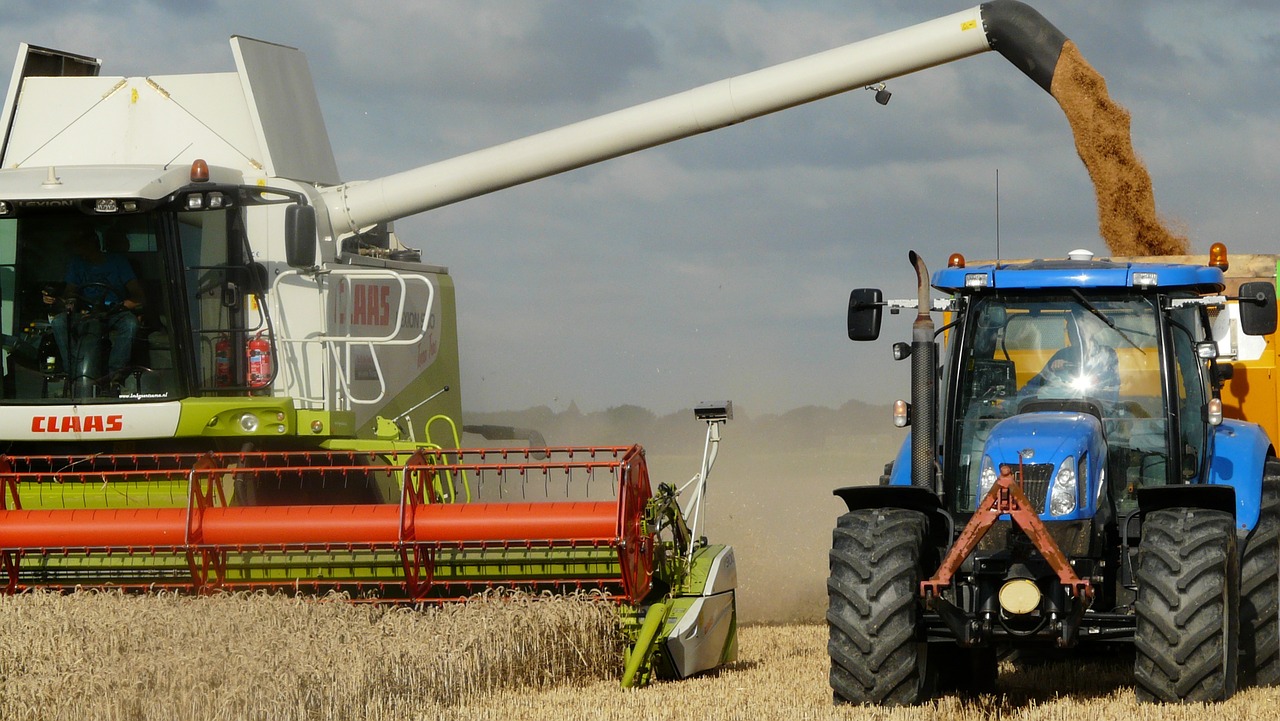When we go to the grocery store to buy food for our families, our focus isn’t on where the food comes from. No matter if you buy fresh food from the produce section or food that comes in a box, the source of all food is the farmer.
With the Earth’s population continuing to grow at a fast pace, farmers are under pressure to grow and harvest crops quickly. But farmers are people, and people can only work so fast to bring food to the table. In addition to the rising population, farmers also have less space to grow crops, so it’s more important than ever to come up with faster and more efficient food production plans.
Seeding, Planting, and Harvesting
Although machines do most of the seeding, planting, and harvesting for most crops, farmers still need to drive the machinery. They need to make the decisions, based on their experience, on how to use their fields and resources the best. This not only takes a lot of time and energy on the part of the farmer, but it negatively affects product efficiency.
The answer to efficiency problems on the farm seems to be the automation of farming machinery, but until recently, this dream was only a concept.
Since this is a new technology, farmers need to use caution because if they use sub-standard automation to their farming equipment, it might cost them more in resources like seed and fertilizer.
Luckily, inventors used modern technology, innovation, and rapid prototyping to bring the concept of steering automation for farm machinery to life. This invention will take the strain off workers and make efficient use of farming resources while preparing for the expected growth in population to nearly 10 billion over the next 30 years.
Steering Automation
Steering automation on farm machines uses GPS technology to guide the machinery across the fields. This auto-steering allows a single tractor to complete the job of two to three tractors because it can work around the clock. So, while automation technology takes care of much of the machine work, farmers can turn their focus to other farming tasks.
This doesn’t eliminate the need for farmhands or drivers, it simply re-focuses their attention on other jobs that will increase farm productivity. Farmworkers can concentrate on the quality of the crop instead of spending their time in the seat of a tractor. Focusing on everything a machine cannot do is a better use of time on the farm and will yield a better product for us all.
The Benefits of Farming Automation
Although implementing this new technology requires a hefty investment upfront, the long-term benefits will even out the initial cost. Here are some of the benefits of automating the steering of farm machinery.
- Meeting increasing consumer demand
- Saving time and fuel resources
- Traverse any terrain without breaks
- Efficiently uses resources like seed and fertilizer
- Allows for farm growth in other areas without increasing employee costs
Other automation needs on the horizon for farms include drones and health sensors for crops and soil.
Transforming Our Farms
Without farming automation, it would be nearly impossible for farmers to keep up with the growing demand for products. Before the invention of machinery, farmers did all the work by hand, and something had to change to accommodate the growing need for food. Now that time has come again, and the need for food continues to grow, so farming must grow along with it.
Automating as much farming as possible without compromising crops or wasting resources is the next step in keeping food on grocery shelves and family tables all around the world.

